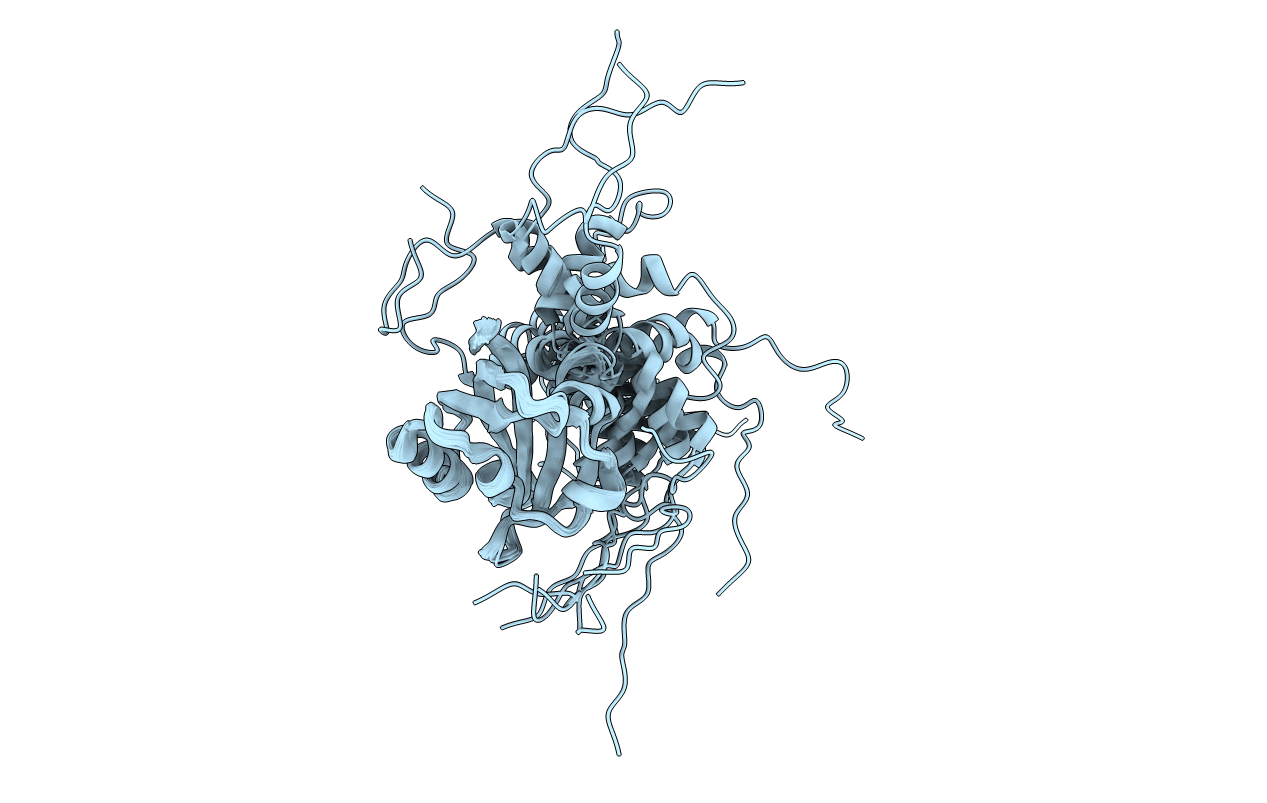
Deposition Date
2010-07-19
Release Date
2011-01-26
Last Version Date
2024-05-15
Entry Detail
PDB ID:
2L0W
Keywords:
Title:
Solution NMR structure of the N-terminal PAS domain of HERG potassium channel
Biological Source:
Source Organism:
Homo sapiens (Taxon ID: 9606)
Host Organism:
Method Details:
Experimental Method:
Conformers Calculated:
100
Conformers Submitted:
20
Selection Criteria:
structures with the lowest energy


